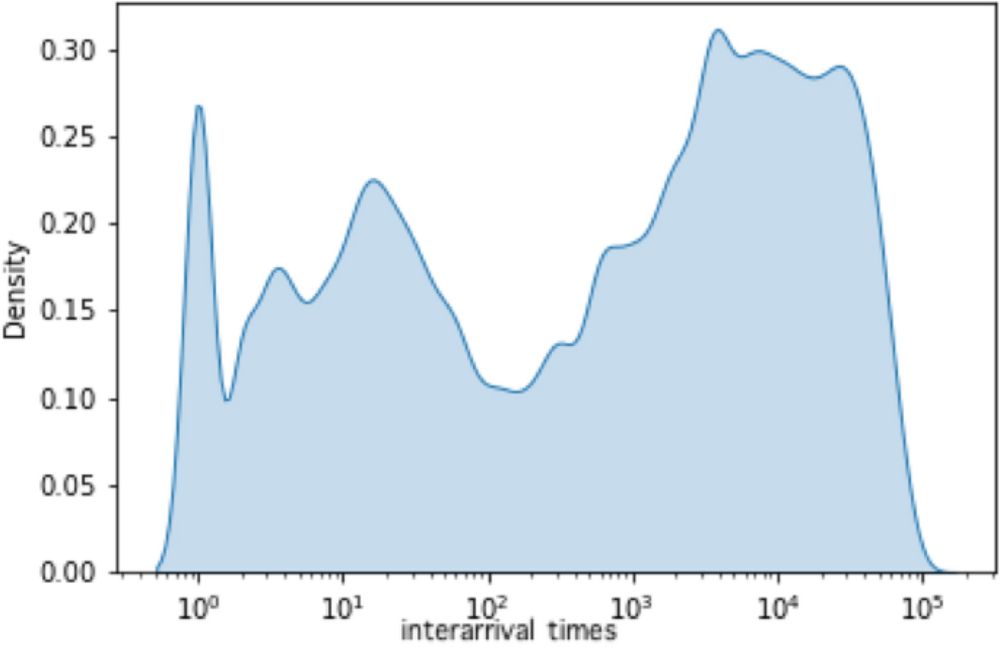Professor at The George Washington University in Engineering Management and Systems Engineering.

We ran an ecosystem-level analysis to find out. Spoiler: It not only failed, it was often counterproductive. 😬

Thanks to @knightfoundation.org for financial support!
Our full paper is here: www.nature.com/articles/s41...

The fundamental design of the platform—its rules, its affordances, its very blueprint—allowed these decentralized communities to form and thrive. The system itself was perfectly built to resist the very kind of top-down control that was attempted.

If you only look at the immediate neighborhood of banned accounts, it seems like a success. But when we zoomed out, we saw the problem was just growing and shifting across the wider network.

Instead of silencing them, the bans became a threat that reinforced their identity and made them more resilient.
Reposted by David A. Broniatowski


And grateful to the Knight Foundation for supporting work on transparent methods for information integrity.
Full paper: doi.org/10.1038/s415...

The method helped us identify both overt and covert networks. Some shared links every few seconds. Others did it slowly but repeatedly, evading the usual red flags.

No guesswork. No black box.
We applied this to over 11 million Facebook posts from 16K high-engagement pages.

We do better.
Our method looks at two things:
1️⃣ How fast two pages share the same link
2️⃣ How often they do it over time

Coordinated sharing—whether by media groups, advocacy networks, or covert actors—can shape what people see online.

📄 “Coordinated Link Sharing on Facebook”
doi.org/10.1038/s415...
We introduce a statistically grounded, human-interpretable method to detect coordination on social media.
Reposted by David A. Broniatowski

Reposted by David A. Broniatowski

He explains why these funds are essential and a critical investment for research in the United States.
www.linkedin.com/posts/david-...

